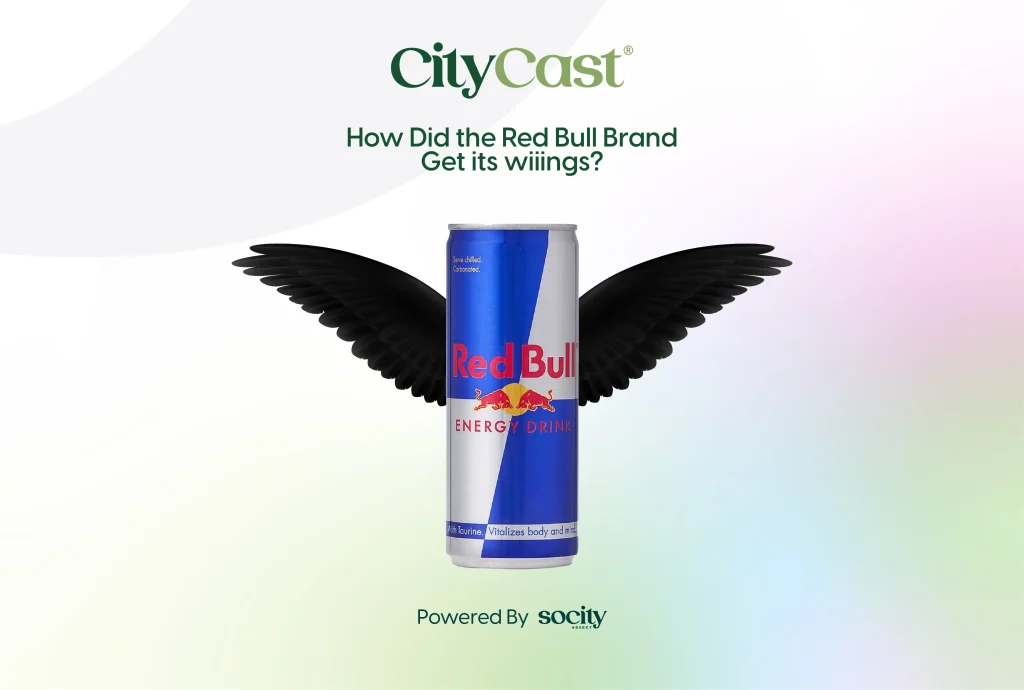
Red Bull’s remarkable journey began in 1987 when Dietrich Mateschitz, an Austrian toothpaste salesman, stumbled upon a life-changing beverage during a business trip to Thailand in 1982. He discovered an “energy tonic” created by Chaleo Yoovidhya, designed to keep people awake and alert. After trying the drink and feeling immediate relief from jet lag, Mateschitz saw its potential and partnered with Yoovidhya to bring this energy-boosting beverage to the global market.
Fast forward to today, Red Bull dominates the energy drink market, having held over 43% of the market share in 2015 and continuing to thrive. Having created this market niche, Red Bull’s ability to maintain nearly half of it for almost three decades is impressive. According to Interbrand’s Best Global Brands 2020 report, Red Bull achieved a brand value of $10.2 billion, a testament to their innovative branding and marketing approach. Now available in over 177 countries, Red Bull sells an astonishing 12.1 billion cans annually.
A significant part of Red Bull’s strategy revolves around understanding the preferences of its target audience. With a global study revealing that 77% of millennials prioritize experiences over material possessions (Forbes, 2019), Red Bull positions itself as the quintessential energy booster for their active lifestyles. When Red Bull entered the market, energy drinks were non-existent, and traditional advertising was prohibitively expensive. Red Bull adopted an unconventional strategy by directly engaging with their target audience, young males aged 18-35, at places like college parties, libraries, coffee shops, and bars. By giving away free samples, they placed their product directly in consumers’ hands, generating buzz and word-of-mouth promotion.
Today, Red Bull continues this approach by going wherever their audience is, whether it’s sponsoring music festivals or producing high-quality cultural content. Red Bull Media House, their media division, operates like a professional publishing house, creating documentaries, films, and online content about extreme sports, music, and art. This content doesn’t explicitly advertise the drink but instead builds brand loyalty by aligning with the adventurous lifestyle of their target audience. Red Bull’s iconic slogan, “Red Bull Gives You Wings,” encapsulates their brand message, suggesting that their product provides the energy needed to pursue any endeavor. This slogan, introduced in 1987, has consistently guided their marketing efforts. Between 1996 and 2006, this campaign helped sell 300 million cans, illustrating the slogan’s effectiveness.
The brand’s marketing strategy focuses on three main tactics: creating compelling content, executing massive publicity stunts, and sponsoring or creating events. Red Bull’s content covers topics that interest their audience, like extreme sports and music festivals, without overtly selling their product. This approach builds an association between their content and the energy-boosting benefits of Red Bull. Red Bull’s values center around the idea of “giving wings to people and ideas,” which is reflected in all their communications. Their content, whether videos, blog posts, or landing pages, is produced to the same professional standard as major media outlets. Red Bull publishes a wide range of content, from extreme sports and concerts to music festivals, ensuring their audience finds value and entertainment in their media.
One of Red Bull’s most significant content marketing efforts is their diverse media presence. Their website, surprisingly devoid of direct product mentions, is a hub for engaging content. They also publish “The Red Bulletin,” a magazine with a circulation of over 2.2 million copies monthly, and have ventured into the music industry with their record label, recording studio, music academy, publishing group, and online radio station. Red Bull TV, their online hub, offers videos and shows on topics like ‘Cliff Diving’ and ‘Culture,’ segmented into formats like ‘Events’ and ‘Films.’ This extensive media production demonstrates Red Bull’s commitment to providing high-quality content that resonates with their audience. Red Bull’s innovative marketing also extends to their student marketer program, known as the “Wings Team.” This initiative goes beyond traditional brand ambassador roles by involving students directly in their marketing efforts, enhancing engagement and authenticity.
Another key element of Red Bull’s strategy is their spectacular publicity stunts. One of the most famous is the Red Bull Stratos Jump, where a man free-fell from 128,000 feet above Earth, breaking two world records. Such stunts generate massive attention and curiosity, prompting people to watch and talk about Red Bull. Events play a crucial role in Red Bull’s strategy, as they sponsor and create events that their target audience already loves. From music festivals like Coachella to extreme sports events, Red Bull ensures their presence where their audience is most active. This strategy aligns perfectly with their audience’s interests, providing the energy boost needed to enjoy these events fully.
Red Bull’s dominant market share allows them to adopt a premium pricing strategy. Aimed at young people aged 15 to 35, the brand emphasizes strong values like energy, power, and fun. This strategic positioning means customers associate the product with quality rather than just price, reinforcing Red Bull’s premium reputation.
Three factors underpin Red Bull’s successful strategy. First, their storytelling captivates their audience by focusing on a broad range of activities, from extreme sports to music festivals. Second, they prioritize providing value and content over pushing their product, building a strong brand association with enjoyable experiences. Lastly, their unwavering commitment to their core values and brand aesthetics ensures consistency and trust. Red Bull’s guerrilla marketing tactics further amplify their reach. By scattering empty cans in strategic locations, they created the illusion that everyone was consuming Red Bull, a clever strategy that bolstered their popularity.
Red Bull’s marketing strategy is a masterclass in modern branding, blending innovative content creation, bold publicity stunts, and strategic event sponsorship to engage their audience. By prioritizing experiences over direct product promotion and aligning their brand with the adventurous spirit of their consumers, Red Bull has built a loyal following and maintained its market dominance. Their commitment to storytelling, quality content, and core brand values ensures that Red Bull continues to “give wings” to people and ideas, solidifying their position as a leading global brand.